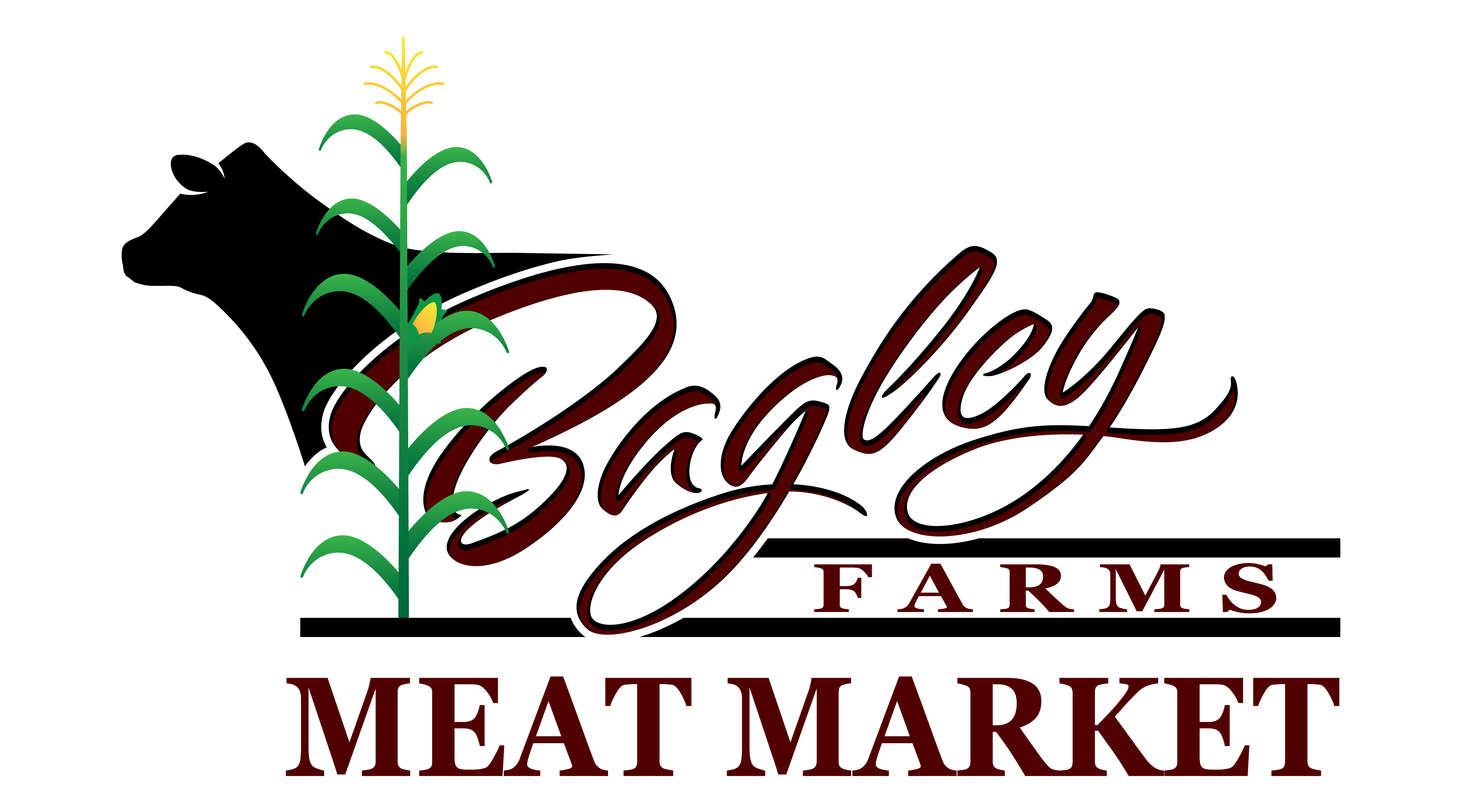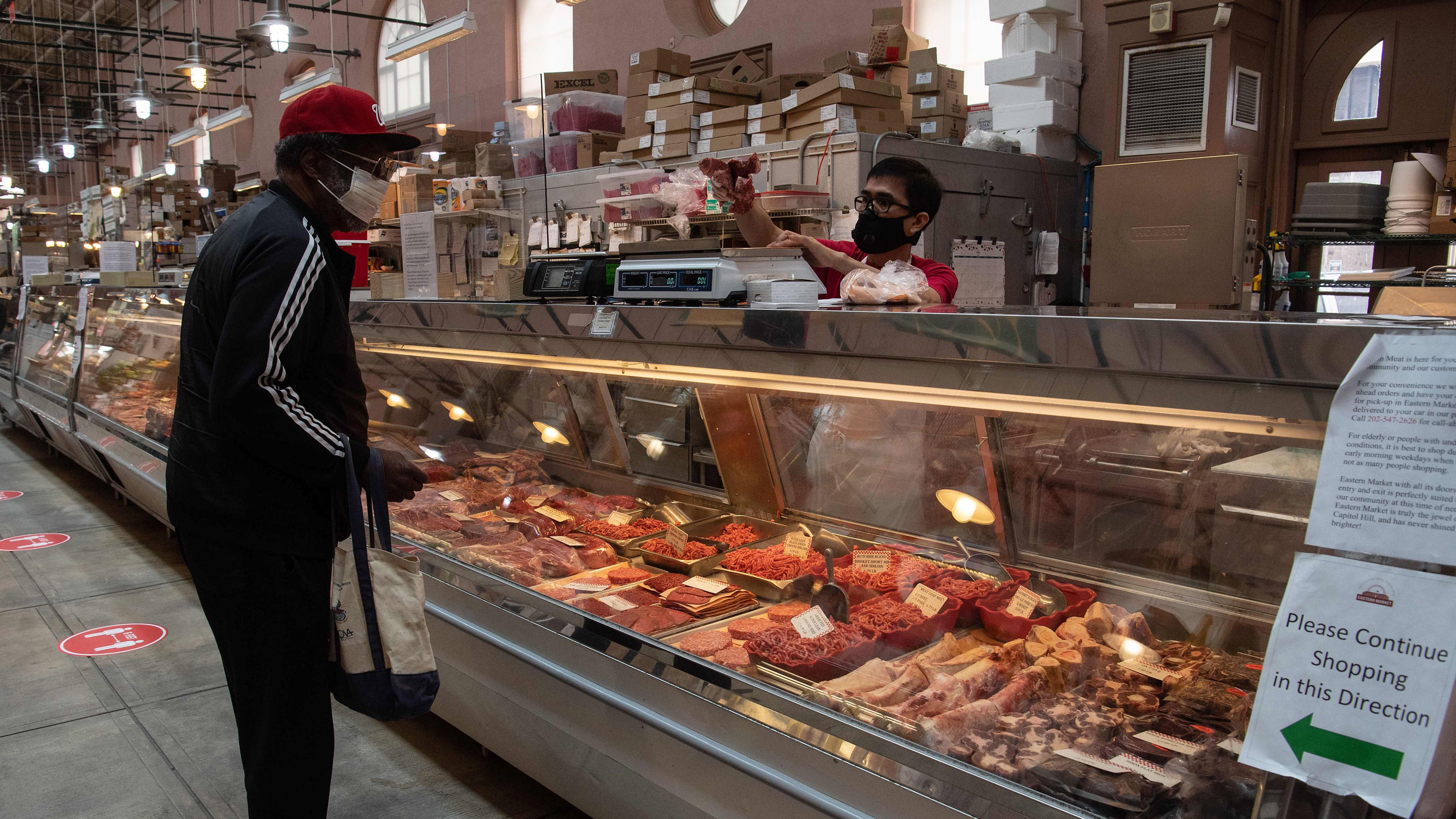Explore the Local Flavor at Bagley Farms Meat Market Edwardsville IL: Fresh and Delicious
Explore the Local Flavor at Bagley Farms Meat Market Edwardsville IL: Fresh and Delicious
Blog Article
Uncover the Art of the Butcher's Cut in a Modern Meat Market
In the ever-evolving landscape of modern-day meat markets, the butcher's cut has transcended its standard roots, merging old-time workmanship with modern practices. Today's butchers are not simply cpus of meat; they are well-informed craftsmens who highlight sustainability and honest sourcing. Their proficiency in picking and preparing cuts tailored to particular culinary demands offers an unequaled dining experience. Yet, what truly sets the modern-day butcher apart is their capacity to build a much deeper link in between customers and the beginnings of their meat. Just how do these masters balance custom with development, and what implications does this have for the future of meat consumption?
Evolution of Butchery Methods
The advancement of butchery techniques reflects an abundant tapestry of technology and adaptation driven by developments in innovation, modifications in customer need, and a much deeper understanding of meat science. Historically, butchery was a craft passed down via generations, with techniques honed over centuries to maximize return and flavor. The industrial revolution ushered in automation, changing typical techniques and making it possible for large processing.
The mid-20th century saw butchery techniques additionally improved by clinical insights right into muscular tissue biology and meat aging, enhancing both inflammation and taste. Advancements like vacuum cleaner product packaging and refrigeration prolonged product shelf-life, permitting butchers to branch out offerings and enhance quality assurance. This duration also noted the rise of specialized devices, such as band saws and meat slicers, which increased precision and efficiency in meat processing.

The 21st century has actually presented electronic technology into the butchery world. Electronic systems now aid in tracking animal provenance and optimizing cuts to meet details customer choices. Furthermore, a renewal in artisanal butchery has actually emerged, blending conventional abilities with modern-day understanding to provide to consumers seeking honest and sustainable meat alternatives. This evolution underscores a vibrant interplay in between tradition and development, conference contemporary demands while preserving the craft's heritage.
Comprehending Meat Cuts
Understanding the details of meat cuts is crucial for both butchers and customers seeking high quality and worth. For butchers, precise cuts show ability and respect for the craft, guaranteeing very little waste and ideal return.

Comprehending muscle mass composition is essential; muscle mass used extra regularly by the animal tend to be harder and are best matched for slow-moving food preparation approaches, while less-used muscular tissues, like those located in the loin, are a lot more tender and ideal for grilling or roasting. Familiarity with these distinctions equips customers to make enlightened choices, improving their culinary endeavors.
Selecting High Quality Meat
Picking the ideal meat involves greater than just selecting an aesthetically enticing item from the display screen. bagley farms meat market edwardsville il. The art of choosing top quality useful reference meat needs a critical eye and understanding of details characteristics that signify freshness and excellence. Firstly, take note of the shade; beef needs go to my blog to have an intense, cherry-red color, while lamb ought to show a soft pink tone, and pork a pale pink. This shows the meat is fresh and hasn't been subjected to oxygen for also lengthy.
Second of all, take into consideration the marbling, which refers to the white streaks of fat within the muscle mass. Appropriate marbling is a vital indicator of tenderness and taste, as it melts throughout food preparation, enhancing the meat's juiciness. Remember, greater marbling typically associates with superior top quality cuts, such as USDA Prime.
Structure is an additional critical variable; meat ought to feel firm to the touch, not slimy or extremely soft. Additionally, bear in mind the fragrance. Fresh meat ought to have a clean, neutral odor, without any type of sour or off-putting odors.
Combining Cuts With Cooking Techniques

Conversely, tougher cuts like brisket and chuck roast are abundant in collagen, which breaks down right into jelly when prepared gradually. These cuts are suitable for braising or slow roasting, permitting the meat to soften gradually and create deep, complicated tastes. Cuts such as find more information short ribs and pork shoulder fare well with slow-cooking methods, where extended cooking times change their durable appearances into succulent meals.
Lamb shanks and oxtail, which call for prolonged food preparation to tenderize, are ideal candidates for stewing or slow-moving simmering. These approaches coax out abundant, passionate flavors while preserving dampness. By comprehending the one-of-a-kind features of each cut, cooks and home cooks alike can boost their culinary productions, ensuring each dish is both pleasing and remarkable.
The Butcher's Duty Today
Browsing the advancing landscape of the modern meat market, the butcher's duty today extends past simple prep work of cuts. Contemporary butchers are culinary craftsmens, teachers, and supporters for lasting practices.
Along with crafting precise cuts, butchers now involve directly with consumers, providing cooking recommendations and tailoring options to fit specific requirements and preferences. Their experience in meat aging, marbling, and flavor accounts equips consumers to make educated decisions, improving their cooking experiences. This individualized solution exhibits the butcher's developing function as a relied on expert in the kitchen area.
Additionally, butchers are essential in lessening waste, using entire pets to develop diverse items such as sausages and supplies. This detailed approach not just appreciates the animal but additionally straightens with contemporary sustainability goals. By doing this, the modern butcher symbolizes both tradition and development, adapting to an ever-changing market while maintaining the artistry and stability of their craft.
Verdict
Proficiency in understanding varied meat cuts and high quality indications empowers butchers to provide informed recommendations, straightening specific cuts with optimal food preparation techniques. By honoring historical practices while accepting modern needs, the butcher's duty continues to be essential in today's sophisticated meat market.
Report this page